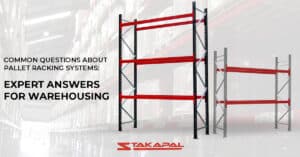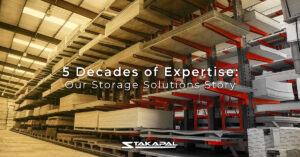When it comes to optimising warehouse storage, pallet racking systems are a cornerstone of efficiency and organisation. However, choosing and maintaining the right system can raise many questions. Here are some of the most common queries we encounter at Stakapal and our expert insights to address them:
What Types of Pallet Racking Are Available?
There are several types of pallet racking systems, each designed to meet specific storage needs:
- Adjustable Pallet Racking (APR): Flexible and versatile for various load sizes.
- Drive-In Racking: Ideal for high-density storage of uniform products.
- Push-Back Racking: Allows for efficient use of space with a last-in, first-out (LIFO) system.
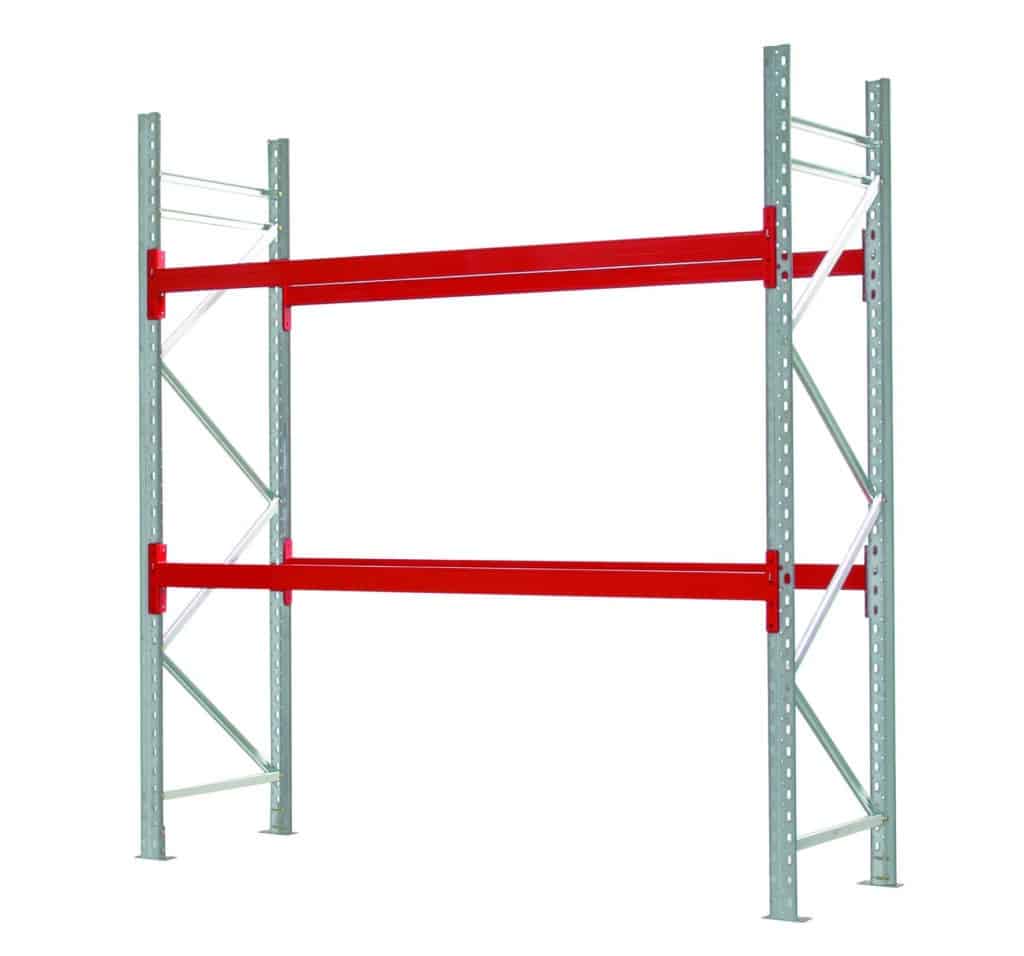
How Do I Determine the Right Racking System for My Needs?
Consider these factors:
- Type of goods: Weight, dimensions, and uniformity.
- Warehouse layout: Ceiling height, floor space, and access points.
- Stock rotation needs: Whether you require FIFO or LIFO systems.
- Future scalability: Ensure the system can grow with your business.
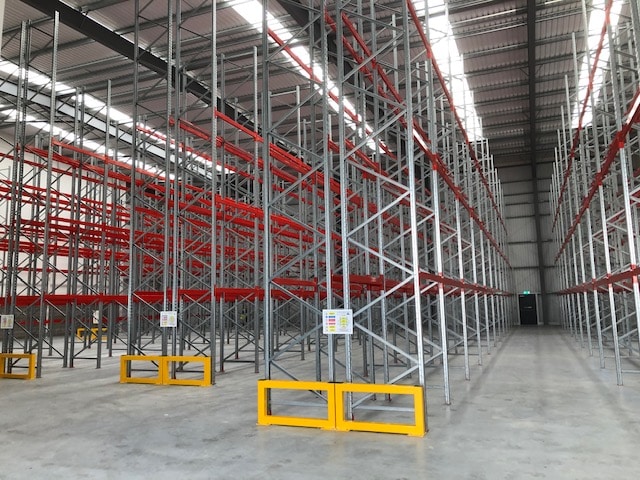
How Can I Ensure My Racking System Is Safe?
Safety is paramount in warehouse operations. Key steps include:
- Regular inspections to check for damage.
- Ensuring racks are installed by certified professionals.
- Clearly marking load capacities.
- Training staff on proper loading techniques.
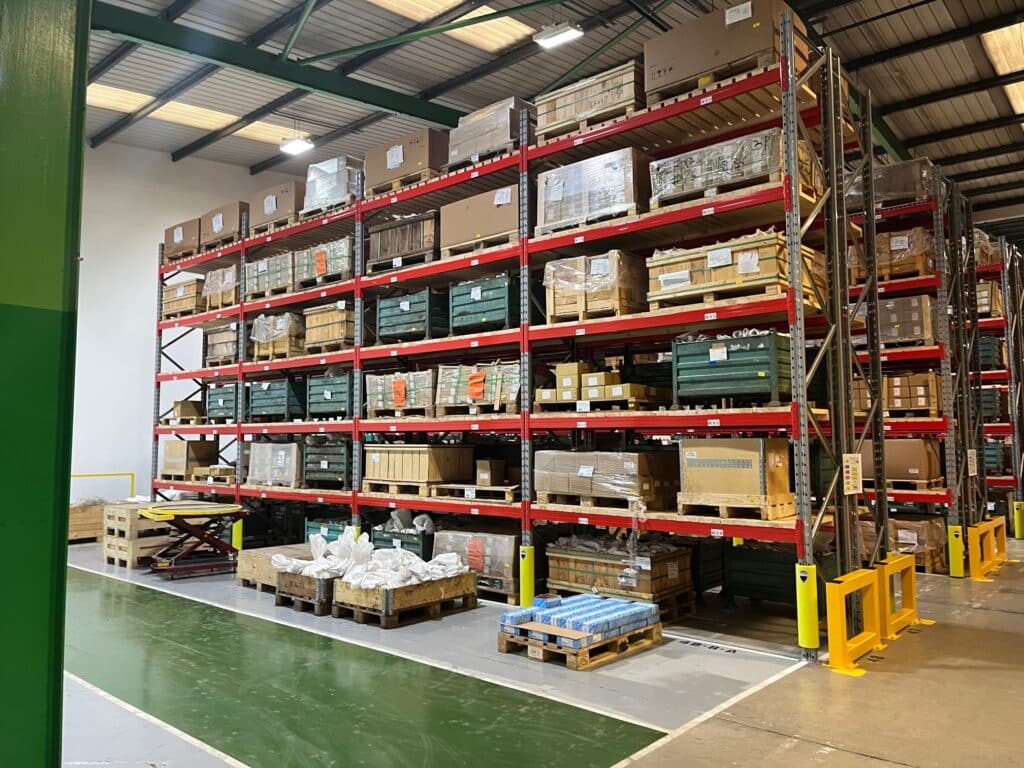
What Are the Maintenance Requirements?
Pallet racking systems require minimal maintenance but should be:
- Inspected regularly for damage or wear.
- Repaired promptly if any issues are found.
- Kept clean and free of debris to avoid accidents.
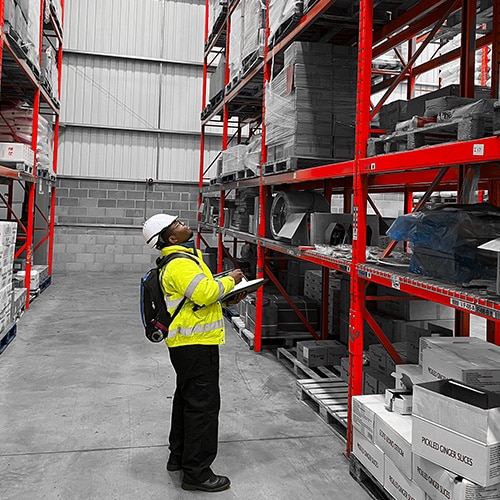
Stakapal are full members of SEMA (Storage Equipment Manufacturers Association), with our installation and inspection teams fully SARI (SEMA Approved Rack Inspector), and SEIRS (Storage Equipment Installers Registration Scheme) registered.
If there are questions that are still unanswered, get in touch with us and our experts will get back to you.

